The allure of a smoky, charred flavour is the hallmark of a great barbecue. It’s the taste of summer, of friends gathered and of long, lazy evenings. But when it comes to gas barbecues, many purists argue that achieving that authentic smoky taste is a challenge.
That said, in the right hands it is entirely possible to infuse your food with that coveted smoky flavour using just your gas grill. With that in mind, here’s how to transform your gas barbecue into a powerhouse of subtle smoky flavour.
Understanding The Basics Of Gas Barbecue Smoking
Firstly, it’s important to understand that gas barbecues cook by using direct heat from gas flames, rather than the indirect heat and smoke generated by burning wood or charcoal beneath barbecue grills. This means that to create a smoky flavour, we need to introduce a separate element that will produce smoke without the need for traditional fuels.
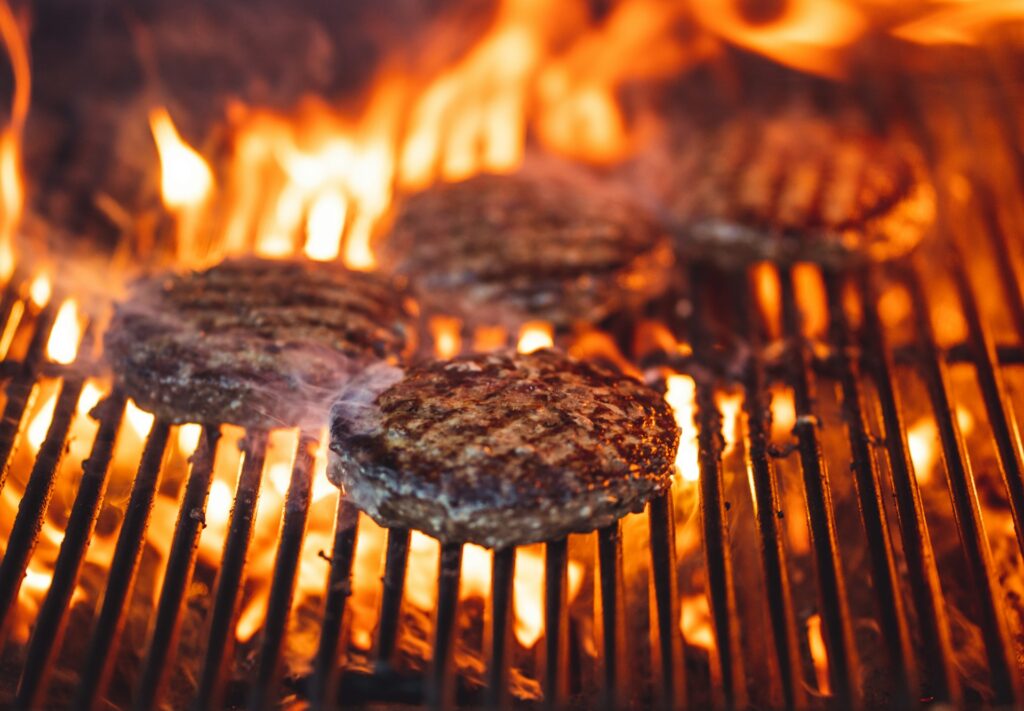
Choosing The Right Wood Chips
The secret to a good smoky flavour lies in the wood chips. Different woods impart different flavours, so choose according to the profile you’re aiming for:
- Hickory: A strong, bacon-like flavour, perfect for pork and ribs.
- Mesquite: Intense and earthy, ideal for beef and certain game meats.
- Apple: Mild and sweet, excellent with poultry and pork.
- Cherry: Slightly sweet and fruity, versatile for various meats.
- Oak: Medium smoky flavour, great for sausages and beef.
Creating A Smoke Bomb
A smoke bomb is an effective way to generate smoke within a gas barbecue. Here’s how to make one:
- Soak the Wood Chips: Submerge your chosen wood chips in water for at least 30 minutes. This will prevent them from burning too quickly and will help them to produce more smoke.
- Prepare the Foil: Take a large piece of aluminium foil and place a handful of the soaked wood chips in the centre.
- Make the Bomb: Fold the foil around the chips to create a sealed packet. Then, using a fork or skewer, puncture holes in the top of the packet. This will allow the smoke to escape and infuse your food.
- Place on the Grill: Preheat your gas barbecue to the desired temperature. Once hot, place the smoke bomb directly on the burner, beneath the cooking grate.
Read: Ingenious grilling techniques from around the world
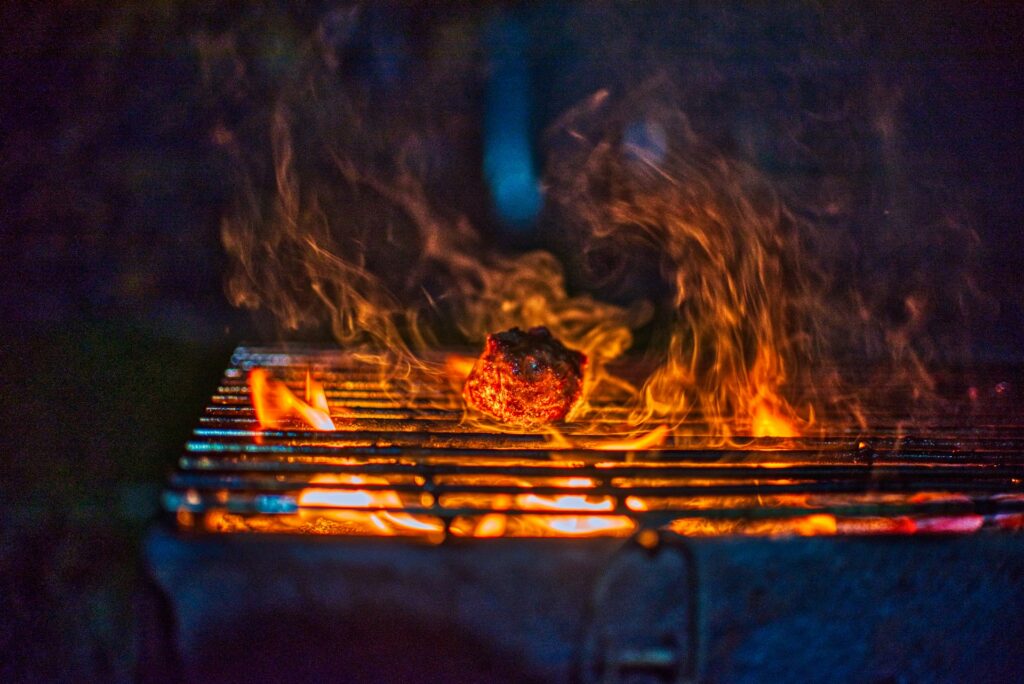
Managing The Heat
To achieve a smoky flavour, it’s not just about the smoke; it’s also about the heat. Low and slow is the mantra for barbecue smoking. Here’s how to manage the heat on your gas grill:
- Indirect Cooking: Turn on only one side of your burners and place the food on the other side of the grill, away from the direct heat. This mimics the indirect heat method of traditional smoking.
- Temperature Control: Maintain a consistent temperature within the 107°C to 121°C range. Use a grill thermometer to monitor the temperature closely.
The Importance Of Patience
Smoking on a gas grill requires patience. Depending on what you’re cooking, it could take several hours for your food to absorb that smoky goodness and cook through. Resist the urge to frequently open the lid, as this will release smoke and heat.
Finishing With A Char
Once your food has been infused with smoke and is nearly cooked, you can finish it off with a char. Simply:
- Crank Up the Heat: Turn up the burners to high.
- Sear the Surface: Place the food over the direct heat for a short period until it develops a caramelised, charred exterior.
- Rest the Meat: Always let your meat rest for a few minutes after taking it off the grill. This allows the juices to redistribute, ensuring a moist and flavourful result.
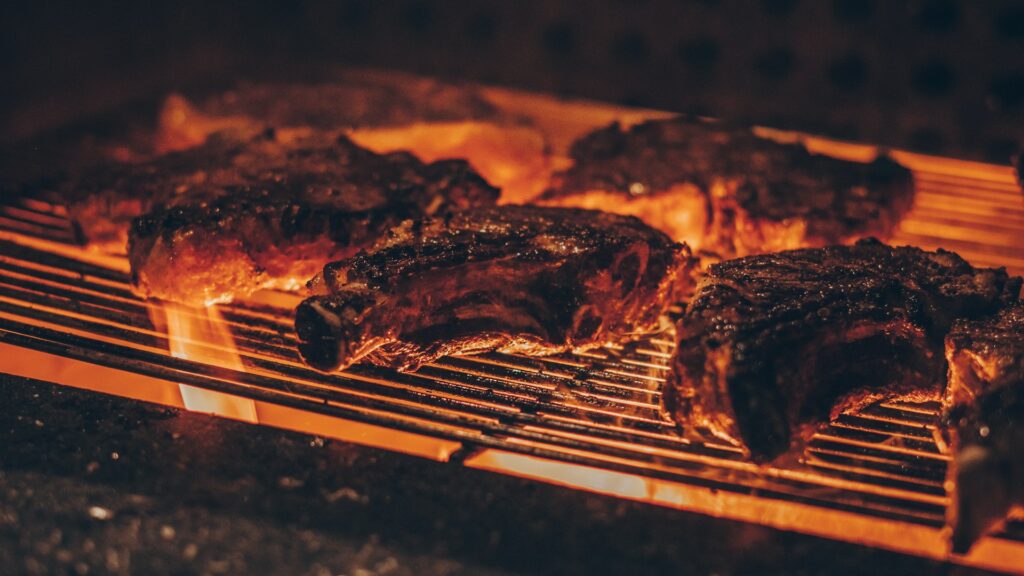
Alternative Methods To Infuse Wood And Charcoal Flavours Into Gas Barbecue Cooking
While the traditional method of using wood chips is effective, there are other innovative ways to introduce that sought-after wood and charcoal essence into your gas barbecue cooking. Here are just a few of them:
Smoke Sprays & Essences
Smoke sprays and essences are a modern solution for the gas grill enthusiast looking for convenience. These products are designed to mimic the complex flavours of wood smoke and can be applied directly to your food before or during cooking. Here’s how to use them:
- Pre-Cooking Application: Spritz your meat or vegetables with a smoke spray before placing them on the grill. This will give the flavour a chance to adhere to the surface.
- During Cooking: Apply the smoke essence intermittently while cooking. This method allows the smoke flavour to build up gradually, creating a more nuanced taste.
Always follow the manufacturer’s instructions for the best results, as the potency of smoke sprays and essences can vary.
Read: BBQ vegetable recipes from Daniel Watkins, Acme Fire Cult
Smoker Boxes
A smoker box is a small metal container that holds wood chips or pellets and is designed to be placed directly on the grill. The box heats up, causing the wood to smoulder and produce smoke. Smoker boxes are a great way to control the amount of smoke flavour:
- Fill the Box: Place dry wood chips or pellets into the smoker box. There’s no need to soak them, as the box is designed to contain the heat and allow for a slow burn.
- Positioning: Place the smoker box on top of the burners. As the box heats up, it will begin to produce smoke.
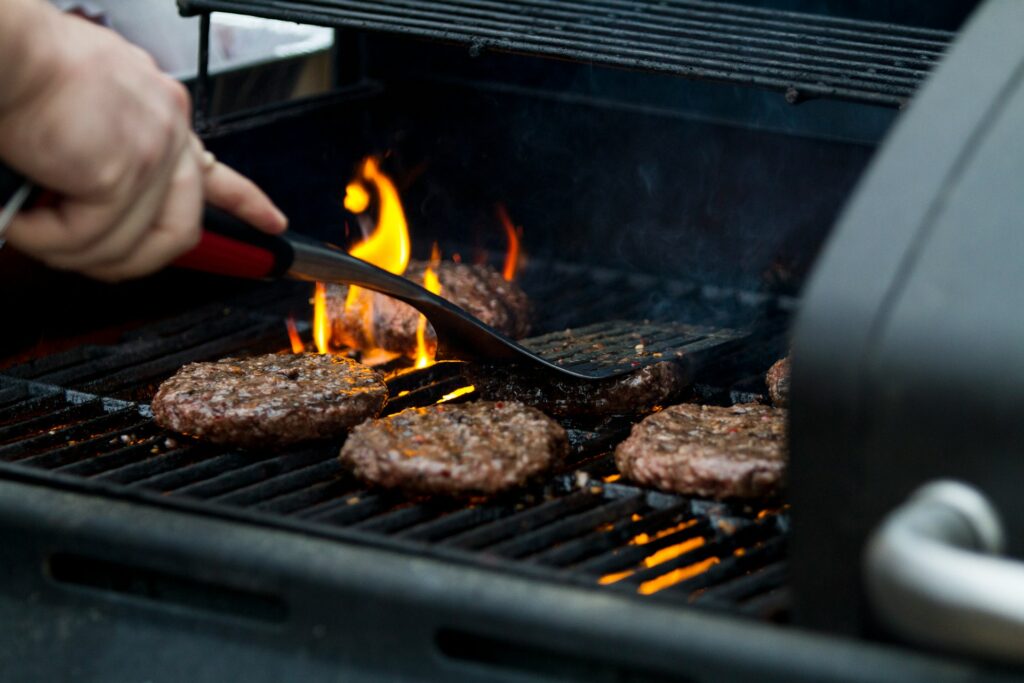
Aromatic Herbs & Spices
For a subtle twist, consider adding aromatic herbs and spices to your grill. The heat will cause these aromatics to release their essential oils, which can impart a delightful fragrance and flavour to your food:
- Herb Bundles: Create small bundles of fresh herbs like rosemary, thyme, or sage, and place them on the grill. As they heat up, they’ll begin to smoke lightly.
- Spice Pouches: Wrap whole spices such as cumin seeds, cloves, or star anise in foil pouches with holes poked through, similar to the smoke bomb technique.
Lava Rocks & Charcoal Briquettes
Some gas barbecues come with lava rocks or ceramic briquettes that sit beneath the cooking grate. These can be used to simulate the effect of charcoal:
- Lava Rocks: These porous rocks absorb and radiate heat, somewhat mimicking the heat distribution of charcoal. They can also catch drippings from the food, which then smoke and add flavour.
- Charcoal Briquettes: If your gas grill manufacturer allows it, you can place a layer of charcoal briquettes above the burners. Light the gas burners to start the charcoal burning, then turn off the gas and grill over the charcoal as it smoulders.
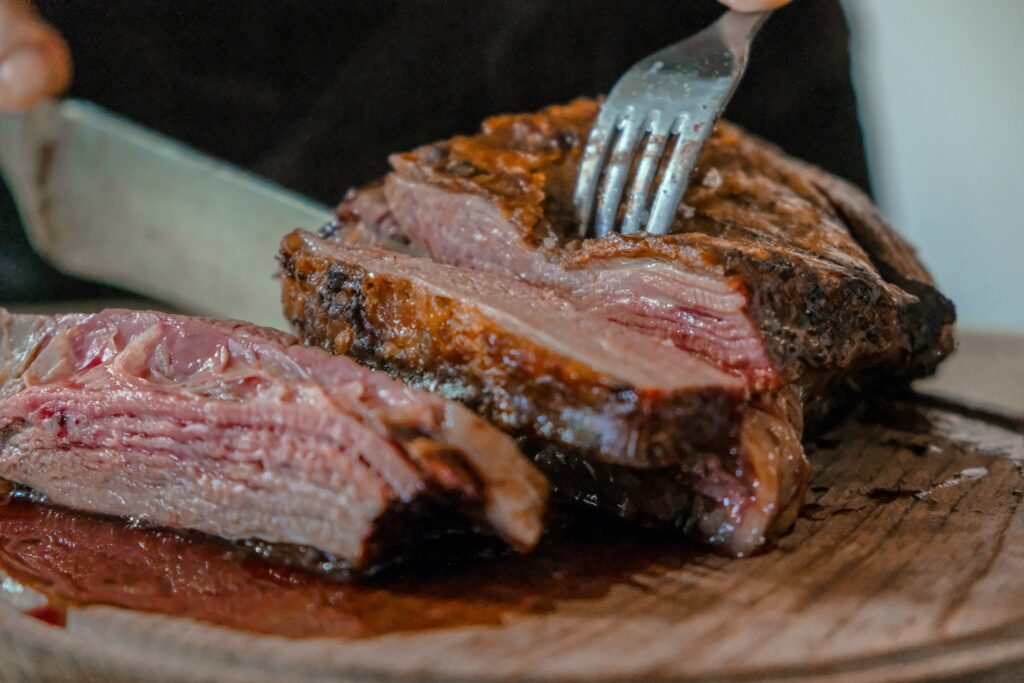
Liquid Smoke
Liquid smoke is a concentrated flavouring made from actual smoke. It can be added to marinades or basting sauces to bring a smoky flavour to your barbecue dishes:
- Marinades: Incorporate a few drops of liquid smoke into your marinade to infuse the meat with a smoky taste before it even hits the grill.
- Basting Sauces: Add liquid smoke to your sauces and apply them to the food as it cooks. This will create layers of flavour, with the smoke being one of the primary notes.
The Bottom Line
Achieving a smoky, charred flavour on a gas barbecue is not only possible, but it can also be a rewarding and delicious endeavour. By understanding the tools and techniques, such as choosing the right wood chips, creating a smoke bomb, managing the heat, and finishing with a char, you can impress your guests with the depth of flavour that you’ve coaxed from your gas grill.
So, the next time you fire up the barbecue, remember that with a bit of creativity and patience, you can achieve that authentic smoky taste that is the essence of great barbecue.





